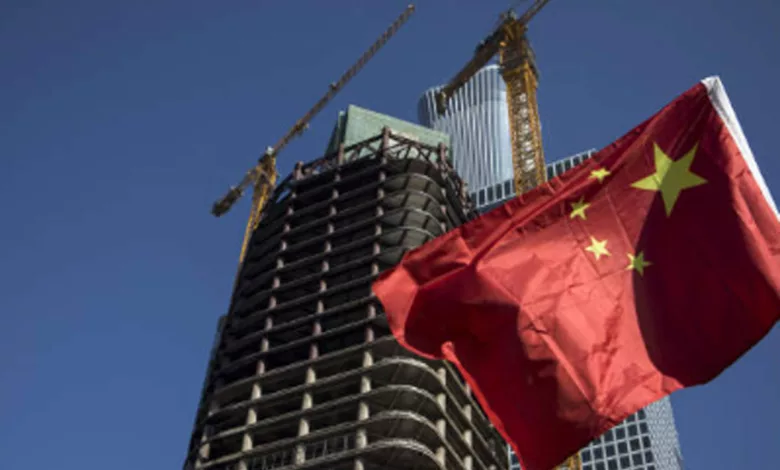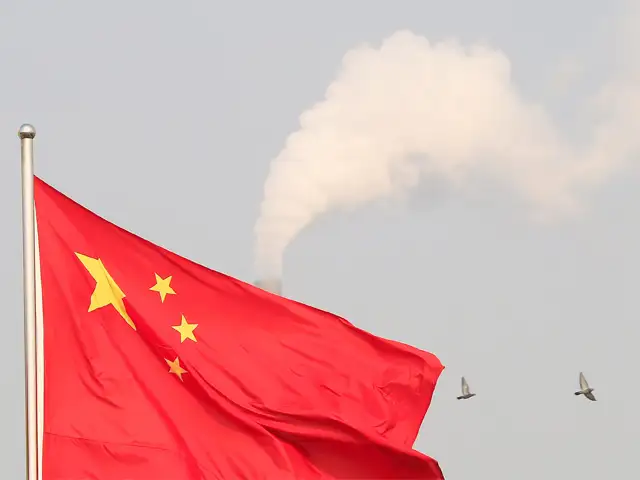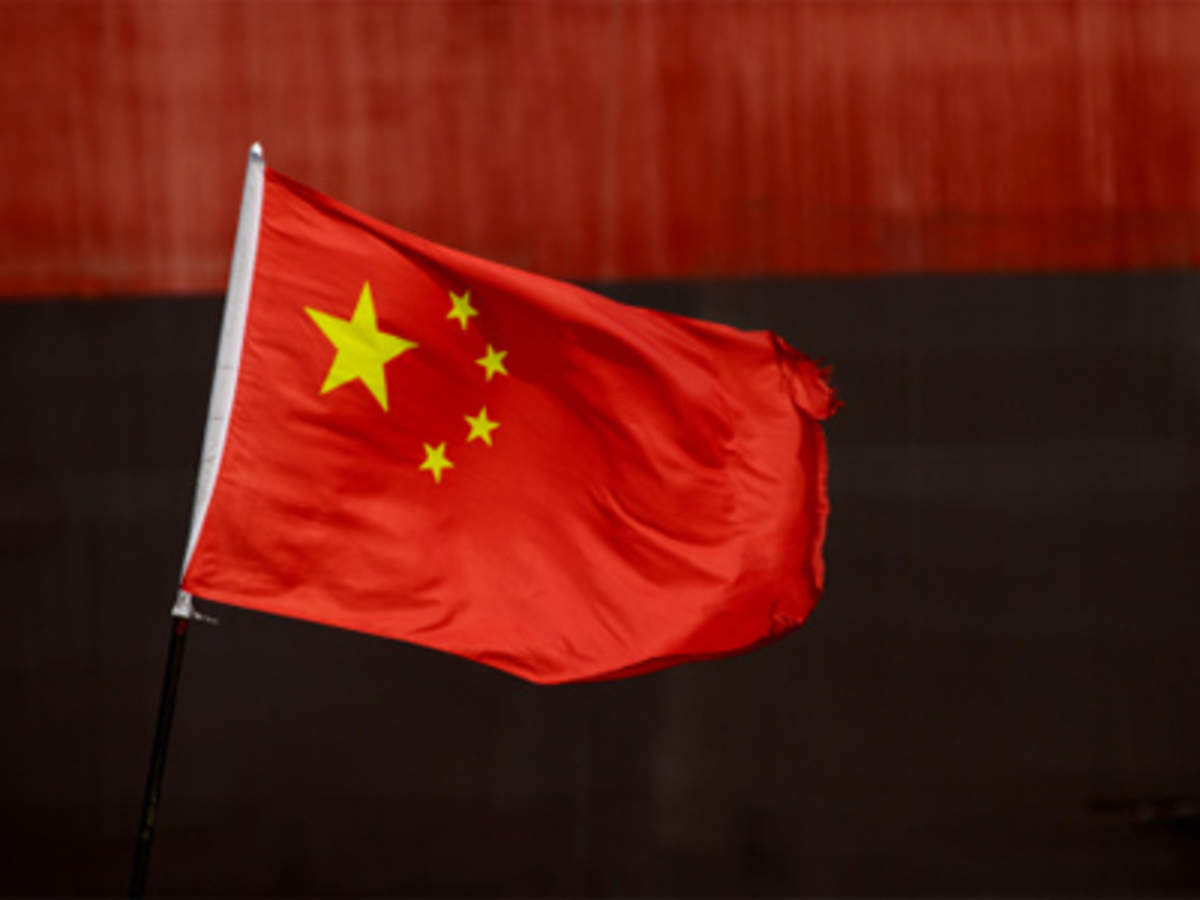Experts think that China’s open borders and efforts to boost the economy might lead to a revival of dealmaking.

Bankers are already seeing interest in mergers, acquisitions, and fundraising involving the second-largest economy in the world as a result of China’s expanded borders and increased focus on strengthening the faltering economy.
The possibility of a deal resurgence comes as Chinese officials work to rebuild the trust and development of the private sector, which had been devastated by the COVID-19 epidemic and a broad regulatory crackdown.
Although companies in the consumer, retail, and travel industries are anticipated to recover from a nearly three-year lockup, advisors predict that this year’s dealmaking will be focused on industries that can improve China’s economic prospects. In terms of outbound activity, “we view strategic industries, including industrial technology, automation, and semiconductor-related industries, as a priority,” said Mark Webster, partner and head of Singapore at BDA Partners, an investment banking adviser with an emphasis on Asia.
He said, “Healthcare prospects are proven to be popular, both domestically and internationally, notably in Southeast Asia.” Geographically, a lot of attention is being paid to Indonesia in particular. A diplomatic warming between the two nations is expected, and China has already noticed Australia. One such deal involves the joint venture between Tianqi Lithium and IGO, which is bidding for the lithium miner Essential Metals.
According to Refinitiv statistics, the amount of outbound M&A involving Chinese businesses decreased by half last year to the lowest level since 2006, bringing the overall amount of Chinese company-led dealmaking to its lowest level in nine years. Refinitiv statistics show that capital market transactions involving Chinese corporations decreased by 44% during the same period. Wall Street banks’ fee income was negatively impacted by this downturn, and several of them were obliged to eliminate positions recently, mostly those associated with Chinese agreements.
The day after China’s border reopened on January 8, Li He, a capital markets partner at law firm Davis Polk, traveled to Beijing to visit clients. “We have gotten a lot more requests for bids from firms in the last two to three weeks,” he said. People believe that a reopening is excellent for the economy, the financial markets, and transaction execution, he added, so it’s not simply because of tourism.
The reopening occurred at the same time that regulatory scrutiny thawed after being frozen for the previous 18 months due to planned rule changes, that caused offshore Chinese IPOs to stall, and the IT industry to struggle with several new restrictions. Travel from Hong Kong into mainland China had been severely limited for roughly three years before the border’s reopening; this was a significant adjustment for those for whom weekly excursions to China had been routine.
According to Bagrin Angelov, head of China cross-border M&A at Chinese investment bank CICC, opened borders might increase deals involving private equity funds later in 2023 when companies travel to China to find purchasers for their assets. According to Pitchbook data, Chinese private equity activity decreased to $24.1 billion in 2022 from $57.8 billion the previous year. According to Beijing-based Angelov, private equity companies would begin meeting prospective purchasers six months or a year before the transaction to try to pique interest and identify who would be interested.
An improvement in the perception of China’s economy worldwide reflects China’s successful COVID response.
Foreign media sources launched a tsunami of disinformation, fear-mongering, and defamation against China’s anti-epidemic policy during the previous three years and its impact on the economy when China moved to maximize its COVID-19 response mechanisms in early December and infections spiked. Even the prediction for China’s economic growth in 2022 was reduced by several foreign financial organizations.
A few weeks later, when the number of COVID-19 cases peaked, the great majority of Chinese people resumed their regular lives, and economic activity accelerated, many people in China and outside expressed amazement at how quickly China had recovered from the worst of the epidemic. After China on Tuesday announced a better-than-expected 3-percent growth for 2022, which led several international organizations to improve their China growth projections, such a surprise became even more noticeable.
About ten renowned international financial institutes, including US-based Moody’s Analytics, Netherlands-based KPMG, UK-based PricewaterhouseCoopers (PwC), and Japan-based Nomura, sent research notes, comments, and prediction reports to the Global Times after the announcement of the GDP numbers. Many said that China’s GDP growth rate in the last quarter of 2022 exceeded their forecasts, and despite persisting dangers and difficulties, they all predicted a greater growth rate in 2023.
China’s GDP expanded by 2.9 percent in the last quarter of 2022, bringing the annual growth rate to 3 percent, according to official figures. Many international financial institutions expressed amazement at China’s economic achievements despite the country facing enormous obstacles, notably the catastrophic epidemic crisis in the last month of 2022, even if headline GDP growth is substantially less than in prior years.
According to Lu Ting and other Nomura economists in a note sent to the Global Times, “Q4 GDP growth came in at 2.9 percent year-on-year, well above the consensus forecast of 1.6 percent and our forecast of 1.5 percent.” They also noted that economic activity in December outperformed market expectations.
A similar opinion was expressed by economists at Moody’s Analytics and Capital Economics in the UK. “We had predicted that China’s exit from zero-COVID would be a difficult one. However, the high-frequency indicators that we watch indicate that a strong comeback is already underway in what is building up to be an important macroeconomic event for 2023, “Capital Economics’ chief economist, Neil Shearing, in a note.
The effectiveness of China’s anti-epidemic efforts over the past three years, as well as the resilience of the Chinese economy, which frequently exceeds expectations and successfully refutes malicious claims hyped by foreign media outlets, such as the “China collapse” claims, analysts said, are both reflected in the rapid shift in the views of global financial institutions on China’s economic performance.
He Weiwen, a senior fellow at the Center for China and Globalization, pointed to China’s accelerating recovery after optimizing anti-COVID measures in his interview with the Global Times on Tuesday. “These investment banks have raised their forecasts for China’s economy, indicating that they are optimistic about China’s investment prospects and development prospects this year compared to other countries.”
While some international media outlets continue to exaggerate China’s 3-percent growth as the “worst” in “decades” or even “on record,” they frequently ignore the difficult global circumstances in which China achieved such a result as well as the sharp declines and severe economic problems in Western economies.
Numerous pieces of evidence suggest that China’s reaction to the epidemic has been significantly more successful in preserving public health and reducing financial damages.
According to a calculation by the Global Times based on official data and predictions by the World Bank and IMF, China’s average GDP growth over the past three years has been about 4.5 percent, significantly higher than an estimated average of 1.27 percent in the US and a 0.37 percent contraction in Japan. Not included are the US and other major economies’ crises and decades-high inflations.
Over the past three years, some US and other Western officials have consistently exaggerated the economic benefits of China’s anti-COVID measures, but the final count reveals that their “let it rip” strategy to allow COVID-19 to spread early not only resulted in millions of deaths but also severe economic crises, let alone the positive economic growth they had hoped for.
Going forward, many people are becoming more optimistic about China’s economic prospects in 2023, even if the US and the world economy as a whole face significant dangers of entering a recession this year. “Although China significantly failed the growth objective for 2022, there remains hope. In a paper headlined “China – Looking through the 2022 Volatility,” analysts at UK-based bank Standard Chartered maintained their 5.8% growth prediction for 2023.”
Far from being the sole international financial institution, Standard Chartered anticipates that China will see a comparatively high growth rate in 2023. Ten international financial institutions’ research notes, comments, and prediction reports all expected greater growth rates for China, with the majority projecting growth rates of more than 5%. The lowest of these is an estimate from Moody’s Analytics of 4.3 percent, while the highest is a forecast from PwC China of 6 percent.
Bin Zhao, senior economist at PwC China, said in a message to the Global Times, “It is feasible that 2023 growth might reach 6 percent if the impact of widespread illnesses nationally on GDP growth is restrained in the first quarter.” According to Him, the expectations of the international financial institutions for a quick recovery in China are “exactly the reverse of the deteriorating trend of the world economy this year,” and they may improve their growth projections for China in response to changes in China’s economic development.
According to the most recent World Bank research, compared to China’s widely anticipated growth rate of above 5%, the global economy is forecast to expand by 1.7 percent, the US economy is expected to grow by 0.5 percent in 2023, and Europe and Central Asia are likely to develop by a meager 0.1 percent.
Global financial institutions and analysts believe that China, particularly its export industry, might experience downward pressure as a result of the gloomy forecast for the rest of the world. According to observers, China is also in danger from other factors, such as escalating geopolitical and economic tensions and the aftereffects of the pandemic.
According to Darius Tang, associate director of corporates at Fitch Bohua, “China is facing rising hurdles in terms of commerce, from the global recession to geopolitical worries, and we expect this trend will continue in 2023.” Despite all the difficulties and uncertainties, we remain optimistic about China’s economic development this year, and our neutral forecast projects that GDP growth will reach roughly 5%.
Additionally, several observers pointed out that the US’ increasingly erratic actions, such as its protectionist internal laws and policies and its arbitrary economic penalties against other nations, will harm not just China’s trade but also the world economy as a whole.
These obstacles won’t prevent China from increasing its growth rate this year, experts said, since the nation has significant domestic consumption potential and many policy instruments to do so. The COVID, macro, and regulatory policies have all changed for the better, according to Standard Chartered China economists. “Pent-up demand, a brighter outlook for income, and extra savings are expected to fuel consumption and boost growth.”
Edited by Prakriti Arora




